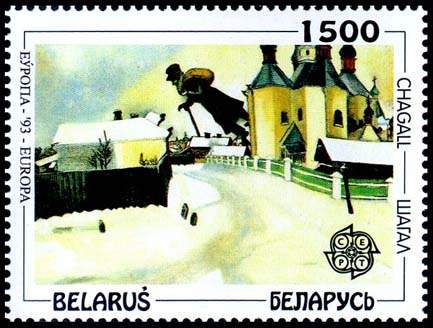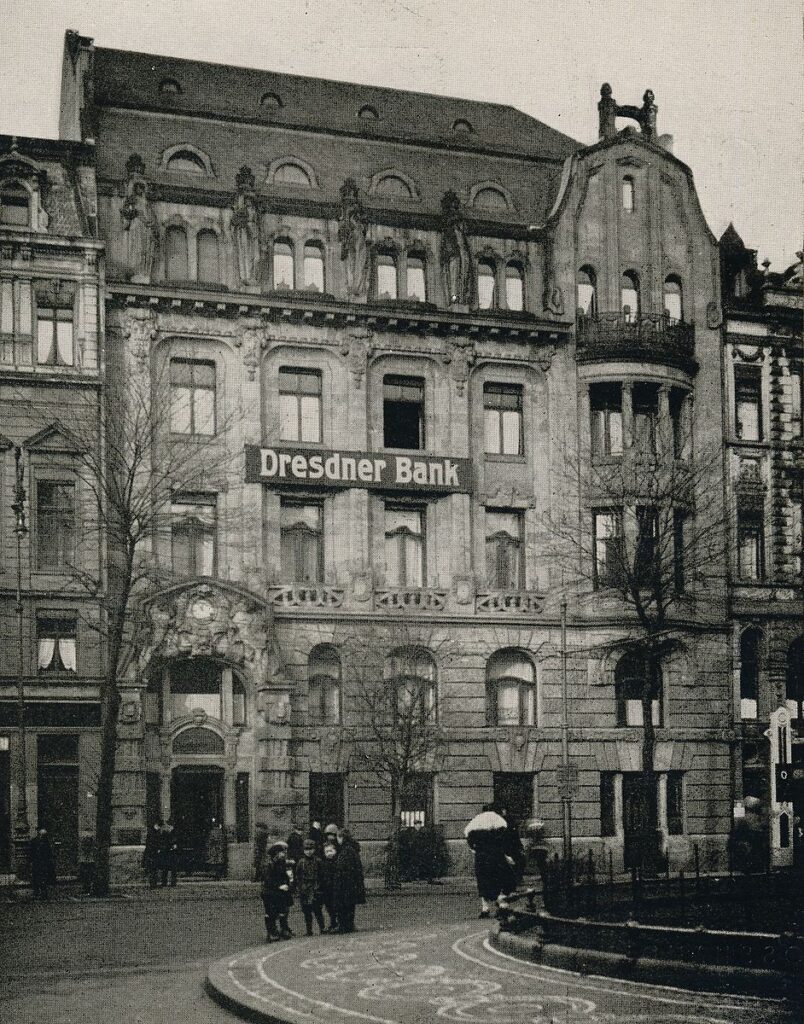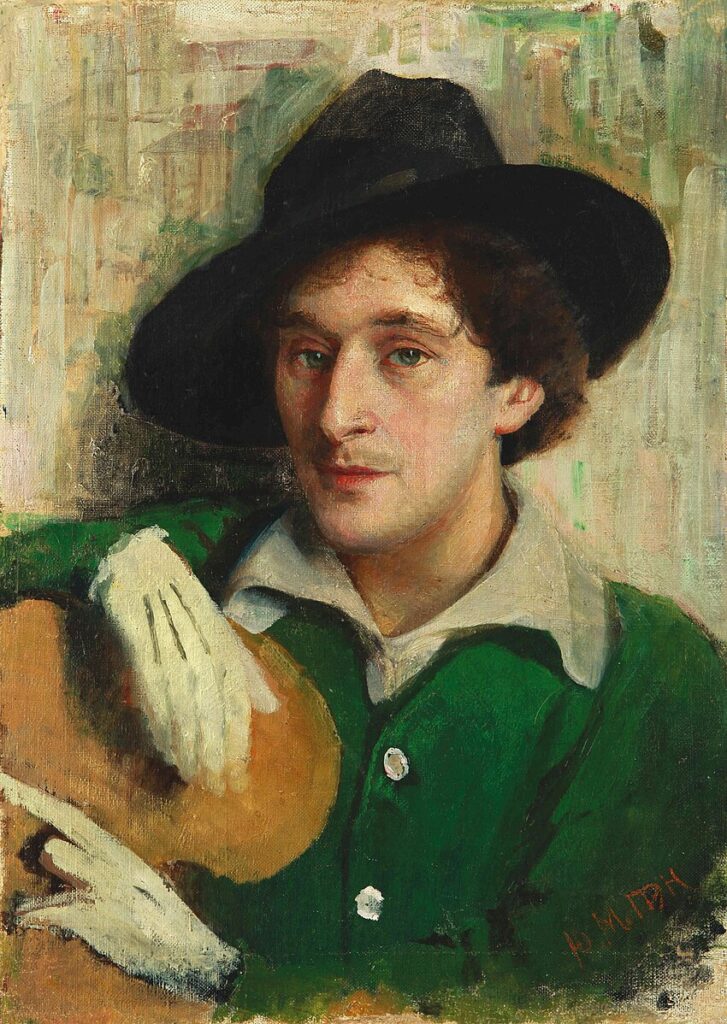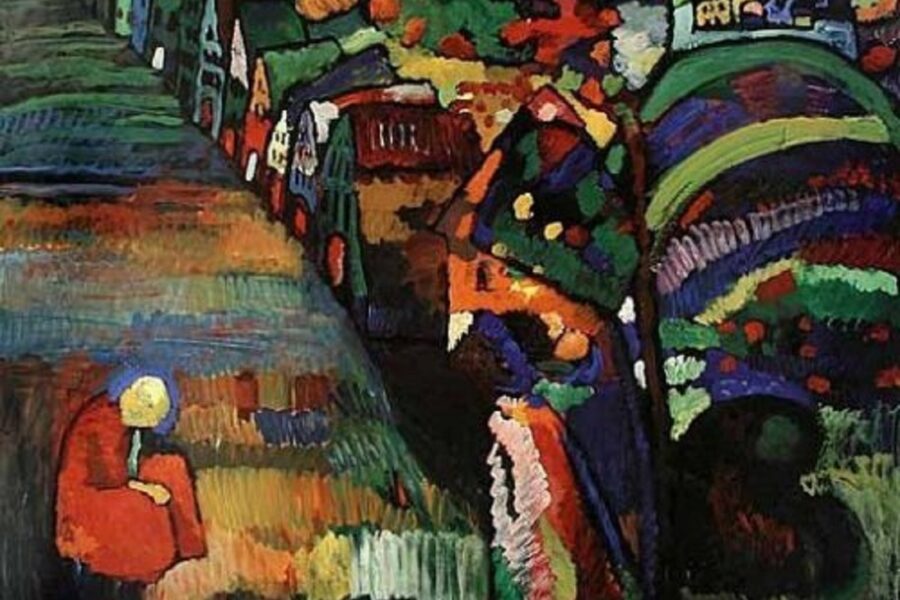
February 12, 2024, By Graham Bowley – Excerpt
“For years, “Over Vitebsk” occupied a central place in the collection of the Museum of Modern Art, which spoke of Marc Chagall’s painting of his hometown in the Russian empire as an important part of its holdings.”
“The work, by a Jewish artist, with a Jewish theme, had been previously owned by a gallery run by a Jewish dealer in Germany at the time of the Nazi takeover. Though its history was murky, and included a transfer of the work to a German bank during the Nazi era, the museum held the painting for decades, indicating it was confident it had good title.” “Chagall’s painting, a lyrical and somewhat mystical work, is part of a series he began after his return from Paris in 1914 to Vitebsk, his hometown in present-day Belarus. It depicts an elderly beggar in a snowy landscape, carrying a sack on his back and holding a stick as he floats over rooftops and a cathedral dome in Vitebsk.”
“Some experts have viewed the figure as a representation of the Yiddish expression for a beggar walking from door to door, a phrase translated as “he walks over the houses.””

“MoMA, in its records on its website, said the gallery had turned over the Chagall painting to a major German bank in 1934 “in exchange for debt reduction.” Dresdner Bank, which came to hold the work, prospered during Hitler’s regime and helped to finance the construction of the Auschwitz death camp, which the bank later acknowledged in a 2006 report by scholars it had hired.”
“But a provenance research expert, who worked for MoMA for several years, said in a 2017 book she wrote on the Dresdner Bank’s role in the art market, that the available records did not contain any evidence that the Chagall had been seized under duress. Instead, the book by Lynn Rother, “Art Through Credit,” reported that the gallery had given the painting to the bank to help pay off a loan after lengthy negotiations. Those negotiations, the book said, had been led by a Jewish member of the bank board.”
“More recently, Mondex presented additional evidence to MoMA in an effort to show that the transaction had been unfair. Palmer, the company founder, said in an interview that the fair market value of the Chagall and other artworks handed over by the gallery to the bank far exceeded the outstanding value of the gallery’s loan.”
““Therefore, it was effectively a despoliation and therefore should be restituted,” Palmer said in an interview. “The Nazis took advantage of the situation,” he added.”

“Palmer said the deal with MoMA resembles settlements in other restitution cases where heirs of a looted work agreed to split the proceeds from a sale with owners who unwittingly purchased it years later.”
““You have a case which is not black and white,” he said. “It makes perfect sense given some of the questions that can’t be resolved.””
This is an excerpt from this New York Times article. Full article through this link: https://www.nytimes.com/2024/02/12/arts/chagall-moma-return-over-vitebsk.html?searchResultPosition=1


